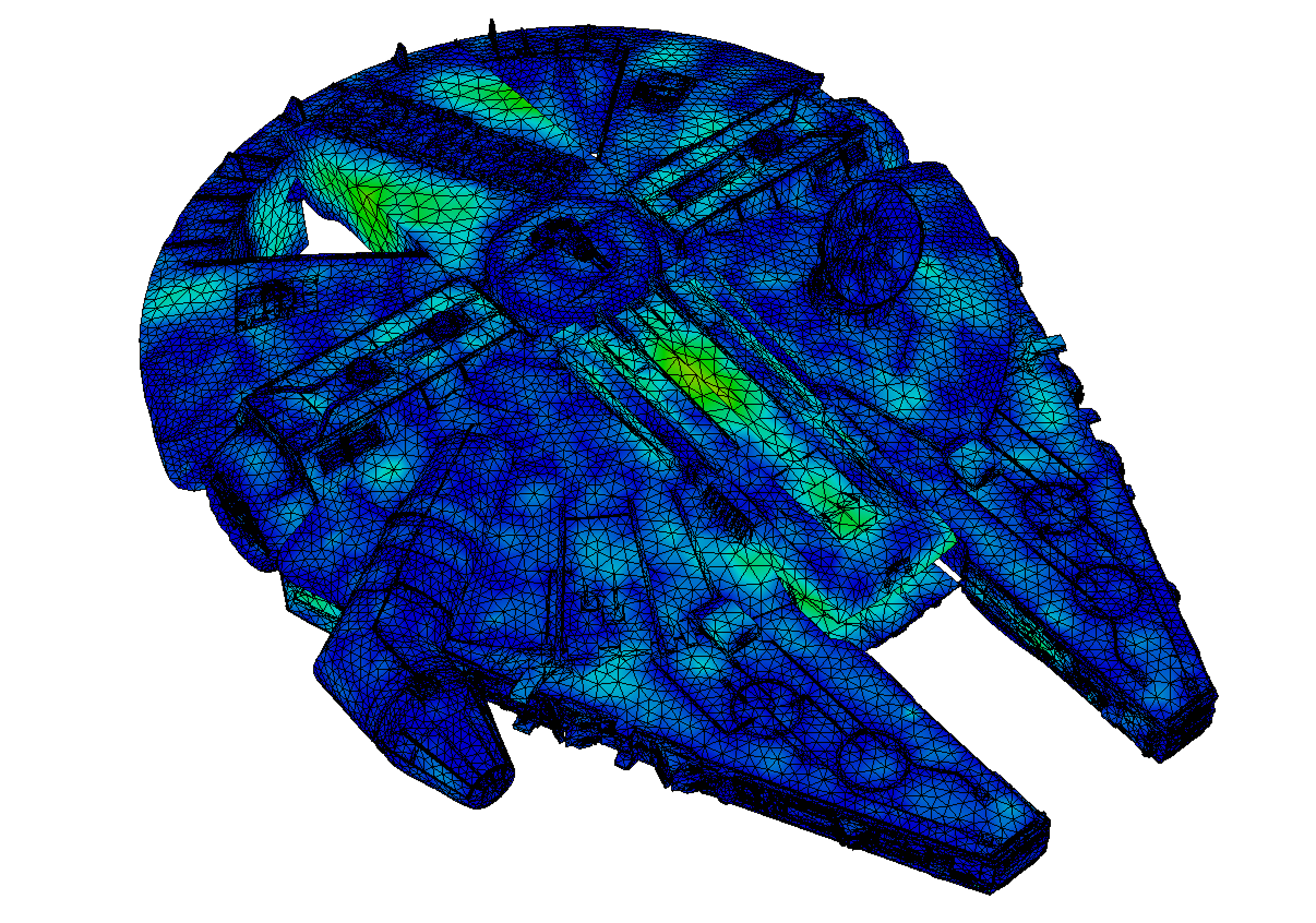6.2. Complements of functional analysis¶
This appendix is a pot-pourri of results in functional analysis that underlie some of the theoretical developments of this book.
6.2.1. The Banach contraction mapping theorem¶
Theorem 6.2 (Banach contraction mapping)
Let \(E\) be a Banach space, and let \(A : E \to E\) be a (possibly non linear) mapping. Assume that \(A\) is a contraction, i.e. there exists \(k<1\) such that:
Then \(A\) has a unique fixed point \(u^* \in V\), i.e. there is a unique \(u^* \in V\) such that \(Au^* = u^*\).
6.2.2. The uniqueness of the limit argument¶
Let \(V\) be a topological vector space. This argument is generic, but the reader which does not want to bother with the language of topological vector spaces can think of \(V\) as a Hilbert space, equipped with notion of strong or weak convergence.
Lemma 6.2
Let \(\left\{u_n\right\}_{n\in \N}\) be a sequence of elements in \(V\) such that there exists \(u^* \in V\) with the following property:
Proof. We argue by contradiction, assuming that \(\left\{u_n\right\}_{n\in \N}\) does not converge to \(u^*\).
On the one hand, by negating the definition of convergence of a sequence, there exists an open subset \(U\) of \(V\) containing \(u^*\) and a subsequence \(\left\{u_{n_k}\right\}_{k\in \N}\) of \(\left\{u_n\right\}_{n\in \N}\) such that \(u_{n_k} \in V \setminus U\) for all \(k \in \N\).
On the other hand, the assumption implies that there exists a sub-subsequence \(\left\{u_{n_{k_l}}\right\}_{l \in \N}\) of \(\left\{u_{n_k}\right\}_{k\in \N}\) which converges to \(u^*\). In particular, for \(l\) large enough, \(u_{n_{k_l}}\) belongs to \(U\).
We have come to the desired contradiction: such an element \(u_{n_{k_l}}\) cannot belong to \(U\) and \(V \setminus U\) at the same time.
6.2.3. Weak convergence in a Hilbert space¶
This section recalls a few facts about the important notion of weak convergence. Note that many of these hold true in a larger context, that of reflexive Banach spaces, although we shall not need such generality. See again [Bre10] for more details.
Definition 6.5
A sequence \(u_n \in H\) converges weakly to an element \(u \in H\) if:
A few useful properties of weakly convergent sequences are listed below.
Proposition 6.1
Let \(u_n\) be a sequence in \(H\), which converges weakly to an element \(u \in H\). Then,
\(u\) is the unique weak limit of the sequence \(u_n\).
\(u_n\) is bounded.
The following very important fact states the weak sequential compactness of bounded subsets of a Hilbert space.
Proposition 6.2
Let \(u_n\) be a bounded sequence in \(H\). Then there exists a subsequence \(n_k\) and \(u \in H\) such that \(u_{n_k}\) converges weakly to \(u\).
6.2.4. Compactness¶
Definition 6.6
Let \(H_1\), \(H_2\) be two Hilbert spaces. A linear operator \(T : H_1 \to H_2\) is called compact if for any sequence \(u_n\) of elements in \(H_1\) converging weakly to some \(u^* \in H_1\), the sequence \(T u_n \in H_2\) converges strongly in \(H_2\).
An example of a compact operator which is crucial in applications arises in the context of Sobolev spaces, broached in Section 1.1.3.2.
Theorem 6.3 (Rellich theorem)
Let \(\Omega\) be a bounded Lipschitz domain in \(\R^d\). Then the injection \(H^1(\Omega) \to L^2(\Omega)\) is compact.
